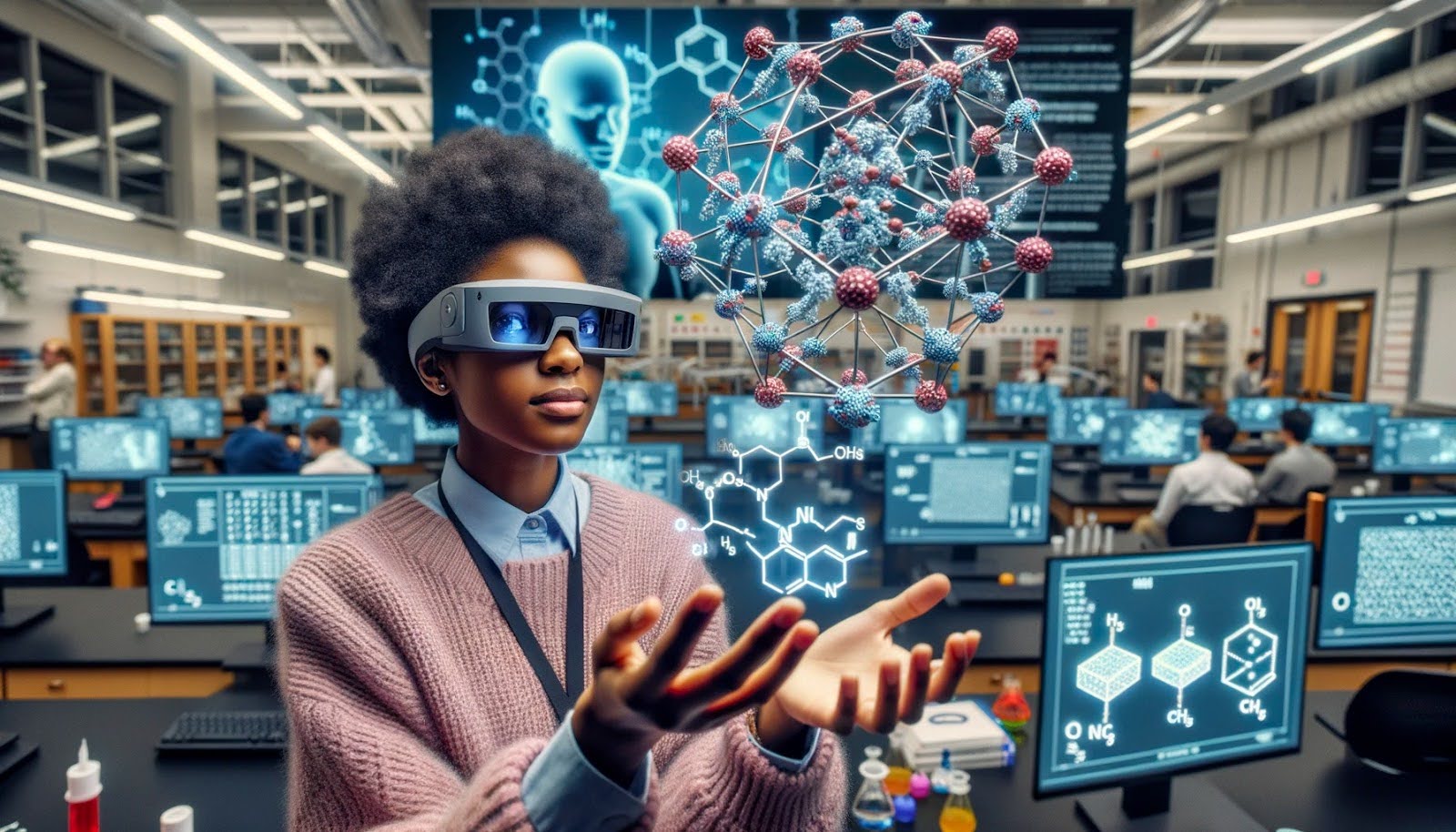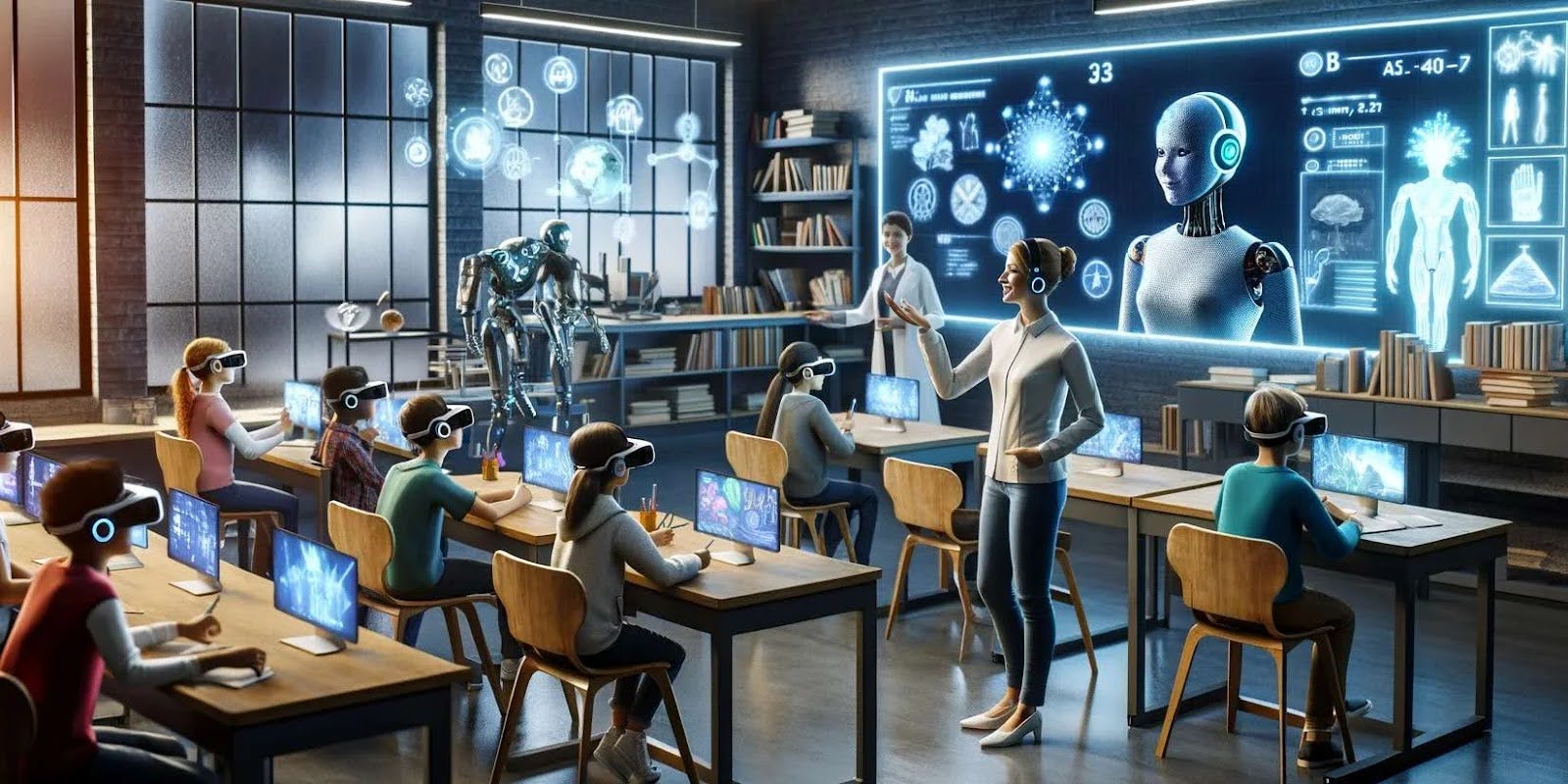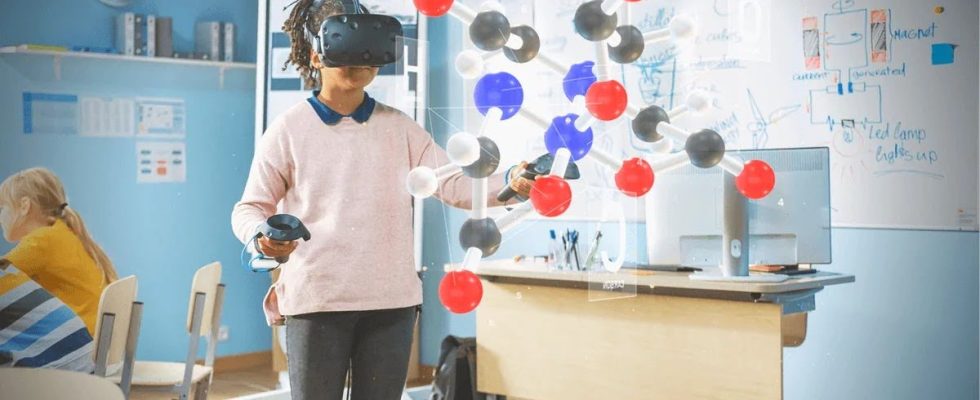The Virtual Reality VR technology is transforming the educational paradigm due to the immersive learning experiences of to increase student engagement and understanding students being immersed in three-dimensional 3D environments . This paper examines what VR learning is and how it works,, its benefits, issues, and potential impact on the further development of the educational system.
Introduction to VR Learning
Virtual Reality technology in education, also known as VR learning, involves VR hardware and software to create 3D classrooms where students “physically” visit different settings/landscapes with the aid of networked VR headsets . In other words, learners are able to engage and react with their study setting instead of observing study settings passively, much as they would in a real-life setting.
Benefits of VR Learning

VR learning has numerous advantages. First, it increases student engagement by holding their interest through experiential learning that is more interesting than staring at textbooks or video screens. Second, using VR helps students to understand difficult concepts through experience. For instance, students may use VR to visit historical sites, examine organs or watch chemical reactions. Such observation helps students to catch the point and better remember the information they learned.
VR Learning Applications Across Disciplines

VR learning has numerous advantages. First, it increases student engagement by holding their interest through experiential learning that is more interesting than staring at textbooks or video screens. Second, using VR helps students to understand difficult concepts through experience. For instance, students may use VR to visit historical sites, examine organs or watch chemical reactions. Such observation helps students to catch the point and better remember the information they learned.
Overcoming Challenges in VR Learning

Nonetheless, VR learning may experience some setbacks. First, it may be an expensive affair for institutions to acquire VR equipment and develop educational content. Second, there are fears on the potential physical implication of extended VR use, such as eye fatigue and motion sickness . Third, teachers need to learn new ways to apply VR in their classrooms.
Integrating VR into Traditional Education Systems
Introducing VR into already existing traditional educational systems will require thorough integration planning and support. Schools will have to purchase specific gadgets and to cover training fees for teachers. Inclusion will require revising the programs to guarantee the VR experience’s support rather than its substitution. Implementation is about ensuring the possibility of access to VR for all students and achieving the ultimate potential of this cutting-edge technology.
The Future of VR Learning

In conclusion, the future of VR learning looks bright, gazing from the horizon. With the technological advancement in education and the low costs of the tools, more institutions will have embraced the technique. As a result, more will have shifted from the conventional means to Bandar togel VR learning and hence, more adaptive learning approach. Technological advancements will also introduce new forms of assessment where students will be expected to exercise their skills and knowledge through a virtual experience.
Embracing the Potential of VR Learning
VR learning is a major milestone of educational technologies development. Through immersive, interactive and enjoyable experiences, VR has the opportunity to revolutionize the classical schemes of education and make learning activities more sensible and fun. Despite the obstacles, the further development and implementation of VR in education can become a revolution in our teaching and learning activities in the 21 century.

